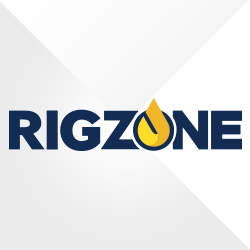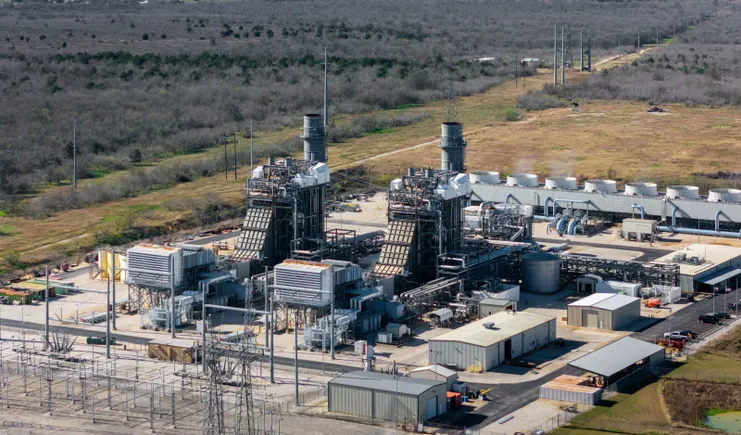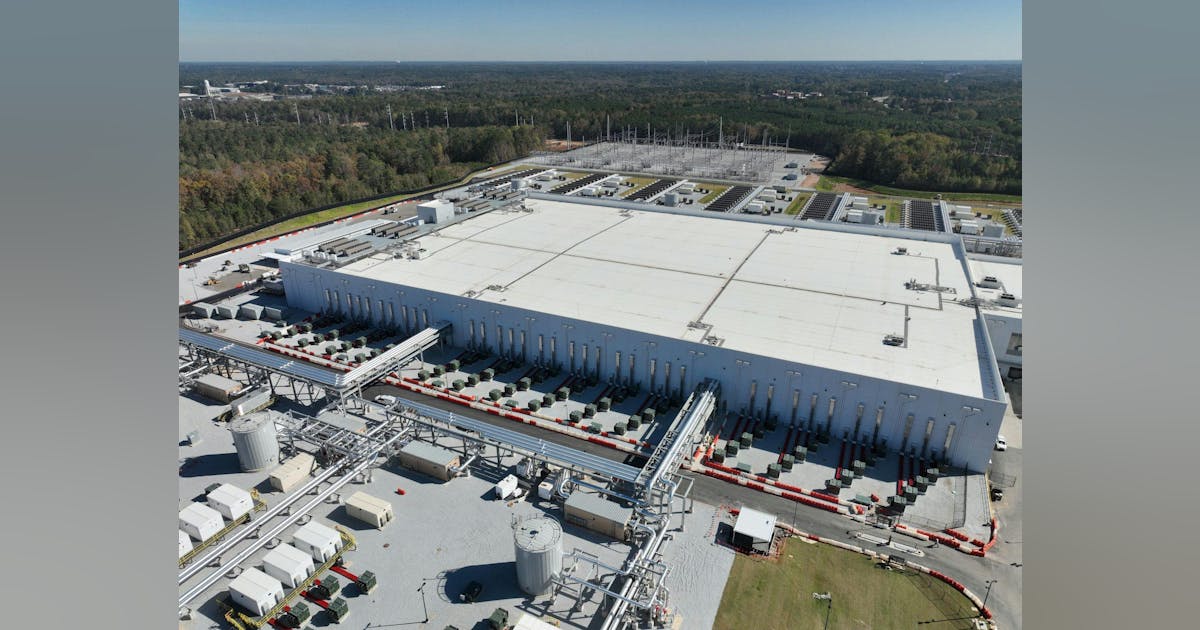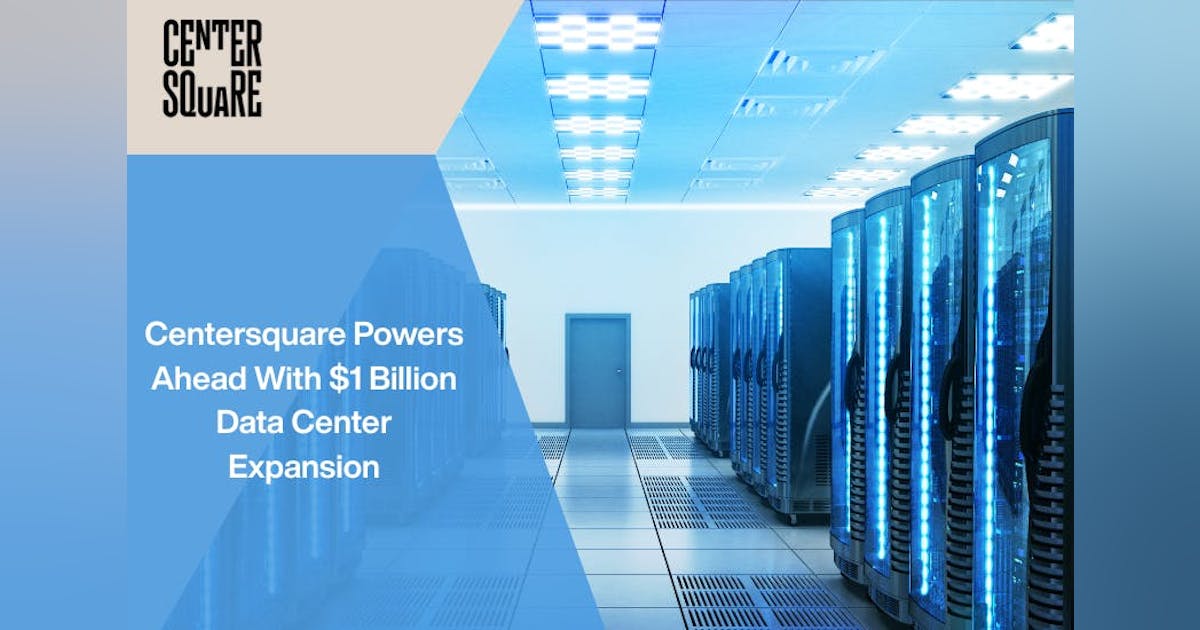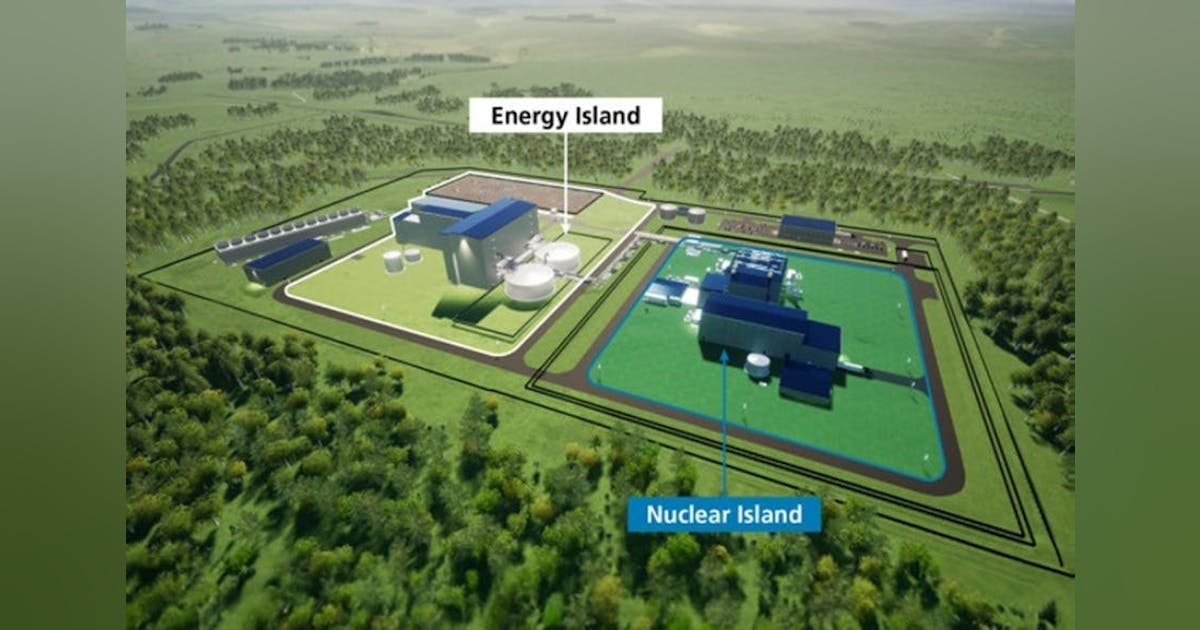Join our daily and weekly newsletters for the latest updates and exclusive content on industry-leading AI coverage. Learn More
Intel unveiled new Intel Core Ultra 9 processors today at CES 2025 with as much as two or three times the edge performance on AI apps as before.
The chips under the Intel Core Ultra 9 and Core i9 labels were previously codenamed Arrow Lake H, Meteor Lake H, Arrow Lake S and Raptor Lake S Refresh. Intel said it is pushing the boundaries of AI performance and power efficiency for businesses and consumers, ushering in the next era of AI computing.
In other performance metrics, Intel said the Core Ultra 9 processors are up to 5.8 times faster in media performance, 3.4 times faster in video analytics end-to-end workloads with media and AI, and 8.2 times better in terms of performance per watt than prior chips.
Intel hopes to kick off the year better than in 2024. CEO Pat Gelsinger resigned last month without a permanent successor after a variety of struggles, including mass layoffs, manufacturing delays and poor execution on chips including gaming bugs in chips launched during the summer.
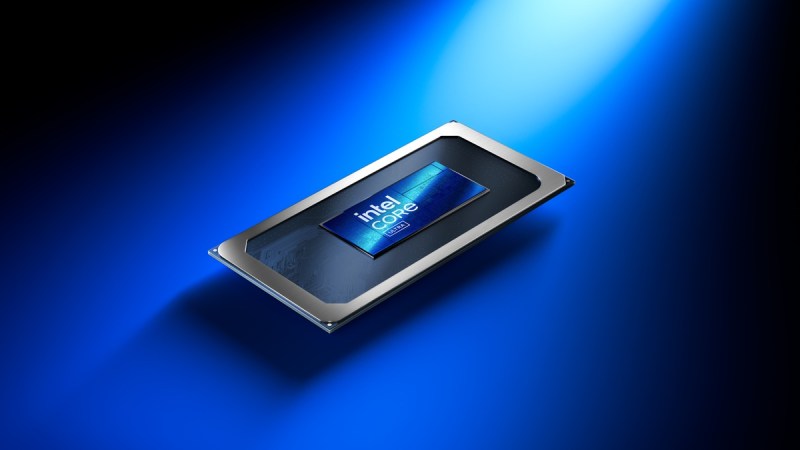
Michael Masci, vice president of product management at the Edge Computing Group at Intel, said in a briefing that AI, once the domain of research labs, is integrating into every aspect of our lives, including AI PCs where the AI processing is done in the computer itself, not the cloud. AI is also being processed in data centers in big enterprises, from retail stores to hospital rooms.
“As CES kicks off, it’s clear we are witnessing a transformative moment,” he said. “Artificial intelligence is moving at an unprecedented pace.”
The new processors include the Intel Core 9 Ultra 200 H/U/S models, with up to 99 TOPS (a measure of AI performance) for the H versions. Other models being launched carry the Intel Core 200S, 200H, 100U and Intel Core 3 processor and Intel Processor names.
The chips have improvements for data security, and they come with built-in Intel Arc GPU with Intel XMX or Intel graphics.
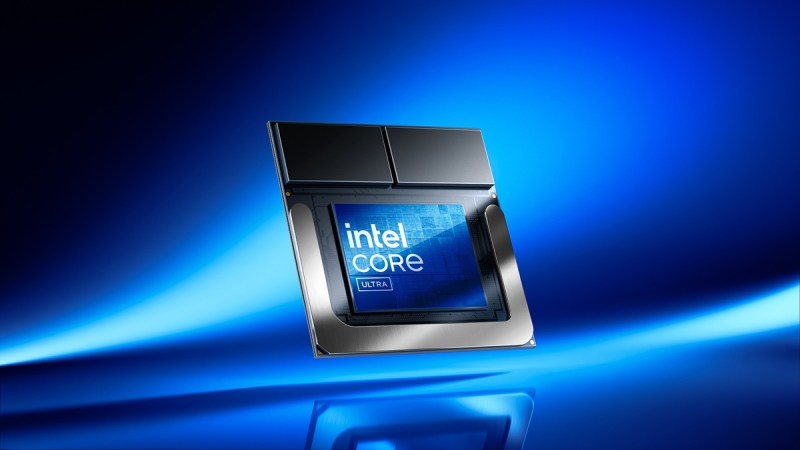
For the flagship Intel Core Ultra 9 processor 285H, formerly codenamed Arrow Lake H, the chip has 2.2 times higher performance in Procyon AI Computer Vision, 3.3 times higher performance in Llama 3 8B, and 2.3 times higher performance in Stable Diffiusion 1.5 compared to the prior chip, the Intel Core Ultra 9 processor 185H (codenamed Meteor Lake H).
Intel is now under the temporary leadership of David Zinsner and Michelle Johnston Holthaus as co-CEOs. Zinsner is the CFO of Intel, while Holthaus is the general manager of Intel’s client computing group.
“Intel Core Ultra processors are setting new benchmarks for mobile AI and graphics, once again demonstrating the superior performance and efficiency of the x86 architecture as we shape the future of personal computing,” said Michelle Johnston Holthaus, interim co-CEO of Intel and CEO of Intel Products, in a statement. “The strength of our AI PC product innovation, combined with the breadth and scale of our hardware and software ecosystem across all segments of the market, is empowering users with a better experience in the traditional ways we use PCs for productivity, creation and communication, while opening up completely new capabilities with over 400 AI features. And Intel is only going to continue bolstering its AI PC product portfolio in 2025 and beyond as we sample our lead Intel 18A product to customers now ahead of volume production in the second half of 2025.”
The Intel Core Ultra Processor (V-SKUs) platform has NPU performance that hits 48 TOPS and 67 TOPS with a GPU. The V-SKUs have eight processor cores and run at P-Core Max Turbo frequency up to 5.1 GHz. Intel said its AI PCs use GPUs for high throughput, NPUs for low power AI workloads and CPUs for fast response with low-latency AI workloads. There are other variations on the Intel Core Ultra as well.
In other CES 2025 news, Intel is also unveiling its solutions for smart vehicles. Jack Weast, Intel Fellow and vice president of Intel Automotive, will unveil Intel’s next-gen architecture with AI inside for vehicles on Tuesday, January 7, at 3:30 p.m. Intel’s whole-vehicle approach is built to empower the next generation of intelligent software-defined vehicles.
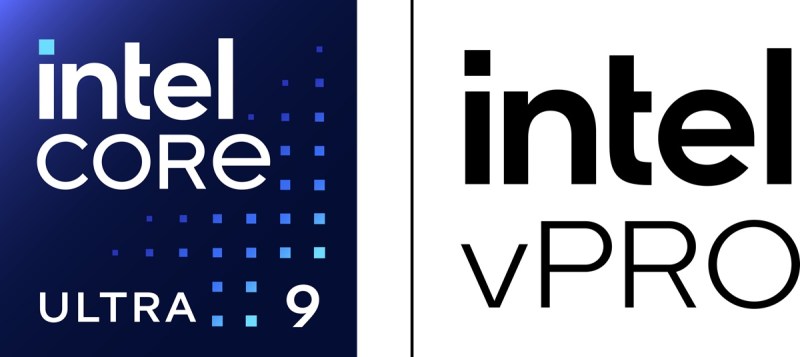
Weast’s will showcase how Intel’s combination of AI-enhanced high-performance compute, intelligent power management and software-defined zonal controllers built on an open ecosystem enables a more sustainable, scalable and profitable automotive future.
Intel also showed off its Intel Core Ultra 200V Series processors (announced in September) for business users. It also updated its Intel vPro technology for IT departments.
For businesses striving to stay ahead in the AI era, Intel introduced Intel Core Ultra 200V series processors with Intel vPro. These new processors offer dramatic performance gains, enhanced efficiency, and robust security and manageability features to help modernize IT environments.
New Intel Core Ultra 200V series mobile processors with Intel vPro are empowering businesses with AI-driven productivity and enhanced IT management. The combination of performance, efficiency and industry-leading business computing with advanced security and manageability – all while enabling a seamless Microsoft Copilot+ experience – helps to deliver a robust platform for modern workplaces, Intel said.
It noted that the latest HP EliteBook X laptop with an Intel Core Ultra7 268V processor has up to 10.5 hours of battery life using Microsoft Teams, compared to similar rival machines with lower battery lives. On Microsoft 365 apps, it has up to 20.3 hours of battery life.
Intel has partnered with Microsoft to continue to advance AI-driven innovation, enhanced security, and superior performance into 2025. Copilot+ PCs powered by Intel Core Ultra 200V series processors unlock next gen AI productivity, all while delivering long lasting battery life, Intel said..
“Copilot+ PCs offer exceptional performance, battery life, enhanced AI experiences, and are all Secured-core PCs with the Microsoft Pluton security processor. Copilot+ PCs powered by Intel Core Ultra 200V series deliver on all these fronts, and we are excited to partner with Intel to bring a broad set of Copilot+ PCs to commercial audiences,” said Pavan Davuluri, CVP Windows + Devices at Microsoft, in a statement. “Intel Core Ultra 200V series Copilot+ PCs are an excellent choice for commercial customers looking to upgrade their existing Windows 10 PCs to Windows 11.”
Intel Core Ultra 200HX and H Series: Powering Creators and Gamers
For creators and gaming enthusiasts, Intel introduces the Core Ultra 200HX and H series mobile processors, delivering industry-leading performance, efficiency and platform capabilities, alongside a landmark reduction in power usage. These processors elevate mobile creativity and provide gamers with an immersive experience backed by powerful AI acceleration, Intel said.
“Our Intel Core Ultra 200HX and H series processors are built for the next generation of creators and gamers,” said Josh Newman, vice president of the Client Computing Group and general manager of Product Marketing and Management at Intel, in a statement. “With breakthrough compute and graphics performance, efficiency and AI capabilities, these processors will push the entire laptop experience to new heights.”
Key features of the Intel Core Ultra 200HX and H series mobile processors include:
- Up to 24 cores – eight Performance-cores (P-cores) and 16 Efficient-cores (E-cores) – for HX-series up to 16 cores – six P-cores, eight E-cores and two low power E-cores – for H-series, based on Intel’s latest core architecture. These new processors give gamers, creators and professionals the computing power they need for gaming and creating on the go – including up to 41% better multi thread (MT) performance for Intel Core Ultra 200HX series compared to prior gen HX series processors.
- The Intel Core Ultra 200H series features Intel Arc graphics with up to eight Intel Xe cores featuring Intel Xe Matrix extensions (XMX) for AI acceleration – providing up to 22% better gaming performance compared to prior gen H-series processors. Across the entire platform these processors deliver up to 99 TOPS (trillion operations per second) when using the graphics processing unit (GPU), central processing unit (CPU) and neural processing unit (NPU).
- The Intel Core Ultra 200HX series processor is Intel’s first mobile enthusiast AI PC with a built-in NPU, providing 13 TOPS.
- The Intel Core Ultra 200HX series processor provides the latest in bandwidth and connectivity, with as many as 48 total PCIe lanes (including PCIe 4.0 and 5.0) to connect the latest discrete GPUs and storage.
- Packaging improvements result in a 33% smaller processor package overall, enabling new premium thin-and-light designs without compromising on performance.
Additionally, Intel is launching its Intel Core Ultra 200U series mobile processors featuring up to two P-cores and eight E-cores, Intel Xe LPG graphics, and up to 24 platform TOPS. Intel Core Ultra 200U series systems give users a great balance of performance, power efficiency and price.
Intel is also expanding its Intel Core Ultra 200S series desktop processors with 12 new 65-watt and 35-watt offerings. Featuring up to eight P-cores and 16 E-cores, these new processors will give customers an incredible blend of performance and power efficiency in a desktop CPU – whether for gaming, creating or using productivity applications.
Daily insights on business use cases with VB Daily
If you want to impress your boss, VB Daily has you covered. We give you the inside scoop on what companies are doing with generative AI, from regulatory shifts to practical deployments, so you can share insights for maximum ROI.
Read our Privacy Policy
Thanks for subscribing. Check out more VB newsletters here.
An error occured.







